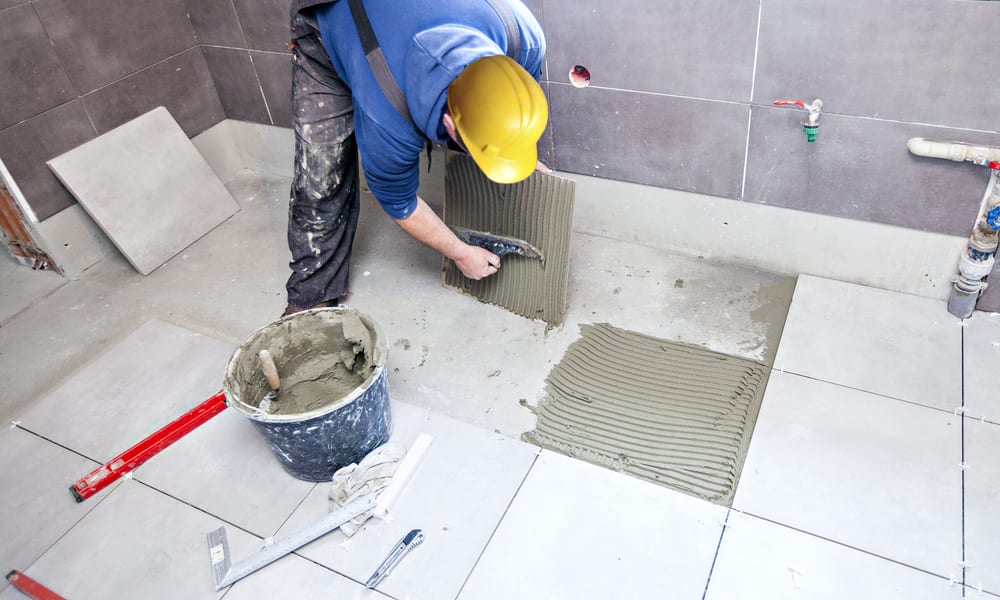Best Professional Garage Floor Coatings Types, Costs, Benefits, and Installation Tips USA 2025
The right garage floor coating can extend concrete life and improve safety and appearance. This article outlines professional options, costs, benefits, and installation tips for garage floors in the United States (2025), helping homeowners choose durable, attractive solutions.

Understanding the Best Types of Professional Garage Floor Coatings
In 2025, three primary professional-grade coatings dominate the garage floor market: epoxy, polyurethane, and polyurea/polyaspartic systems. Each offers unique properties suitable to different needs and budgets.
-
Epoxy Coatings Epoxy remains a widely chosen option due to its affordability and durable, chemical-resistant qualities. It forms a hard, protective bond with concrete that withstands oil stains and wear. Though durable, epoxy’s rigidity can sometimes lead to cracking over time, especially with temperature fluctuations or uneven slabs.
-
Polyurethane Coatings Polyurethane coatings are praised for their excellent UV resistance, preventing yellowing and fading after prolonged sunlight exposure. They offer greater flexibility compared to epoxy and resist abrasion and chemicals well, making them ideal for garage floors exposed to sunlight or variable climates.
-
Polyurea/Polyaspartic Systems Recognized as the most advanced technology available, polyurea/polyaspartic coatings cure rapidly and provide superior flexibility, chemical resistance, abrasion resistance, and UV stability. These coatings can be applied and cured in a single day, enabling quick use of the garage. Their decorative vinyl chip options add aesthetic depth while hiding surface imperfections.
Typical Cost Ranges for Garage Floor Coatings in the United States
Pricing for professional garage floor coatings varies broadly depending on the size of the garage, surface condition, coating type, and finish quality. Here’s an overview of typical cost ranges per square foot as of 2025:
- Epoxy coatings: Generally range from $4 to $10 per square foot. Basic epoxy projects for a standard one-car garage may range roughly from modest to mid-tier investments, with premium finishes priced higher.
- Polyurea/Polyaspartic coatings: Usually cost between $7 and $12 per square foot, reflecting their advanced performance characteristics and faster application.
- DIY Epoxy kits: Available from about $1 to $3 per square foot but often lack the durability and professional finish longevity.
The final cost can increase if the concrete requires surface grinding, crack repairs, or moisture mitigation—these preparatory measures can add $1 to $3 per square foot or more depending on the condition.
Disclaimer: Prices and availability vary by region, dealer, and current market conditions. It is recommended that consumers verify costs with local professionals.
Key Benefits of Professional Garage Floor Coatings
Professional floor coatings offer enhancements well beyond aesthetics:
- Protection from Damage: Coatings shield concrete from oil stains, chemical spills, moisture intrusion, and abrasive wear.
- Safety Improvements: Many coatings include slip-resistant additives to reduce fall risk, even in wet conditions.
- Visual and Lighting Enhancement: Reflective surfaces brighten a garage by improving light diffusion.
- Ease of Cleaning: Smooth coated floors repel dust and dirt, simplifying maintenance routines.
- Longevity and Value: Well-applied coatings can extend floor life for 10 to 20 years (epoxy) or over 20 years (polyurea/polyaspartic), potentially increasing home resale appeal.
Tips for Installing Garage Floor Coatings Professionally
The success and durability of coated garage floors depend heavily on the installation process:
- Thorough Surface Preparation: Effective cleaning, mechanical grinding or shot blasting, and crack or damage repairs are essential.
- Moisture Testing and Management: Concrete moisture levels must be checked and mitigated before application to avoid adhesion failure. This is particularly critical for polyurea/polyaspartic systems.
- Optimal Environmental Conditions: Controlling ambient temperature and humidity during application enhances coating performance and curing.
- Skilled Professional Installation: Certified experts ensure proper technique, curing times, and quality control, resulting in longer-lasting, more attractive floors.
Installation Timeline and Curing Differences
Polyurea/polyaspartic coatings can often be installed and ready for foot traffic within hours, with vehicle traffic typically allowed within 24 hours. This rapid turnaround contrasts with epoxy coatings, which require longer curing periods—sometimes several days—before full use.
Choosing the Right Coating for Your Needs and Budget
Determining the ideal garage floor coating involves balancing durability, budget, and intended use:
- Epoxy fits well for moderate-use garages and homeowners with tighter budgets, offering solid protection with a typical lifespan of 10–20 years professionally installed.
- Polyurea/Polyaspartic coatings are preferable for heavy-duty or high-traffic use, longer lifespan (20+ years), and superior resistance to chemicals, UV rays, and abrasion, albeit at a higher upfront cost.
Maintenance Practices to Maximize Floor Life
Proper ongoing care preserves the coating’s integrity and appearance:
- Promptly clean spills and stains
- Sweep regularly to remove dirt and grit
- Use pH-neutral cleaning agents
- Avoid dragging heavy objects that can scratch or chip the surface
- Repair any damage or wear spots quickly
- Follow manufacturer guidance on reapplying top coats as needed
Additional Factors Influencing Cost and Performance
- Garage Size: Larger areas benefit from cost efficiencies but require more material.
- Concrete Condition: Repairs, leveling, and moisture issues add to prep time and expense.
- Finish Style: Basic solid color coatings are cheaper than decorative metallic or quartz finishes.
- Geographic Location and Seasonal Timing: Prices may fluctuate by region and time of year with off-season scheduling potentially offering savings.
Safety and Visual Customization
Slip-resistant additives can be integrated into the coating without sacrificing gloss or texture. Polyurea/polyaspartic floors often include decorative vinyl chips to add color depth and hide surface irregularities, allowing customization to homeowner tastes.
Professional Installation vs. DIY Kits
While DIY kits are attractive for their low cost, they often fail to provide a flawless, durable finish—usually lasting only 1 to 3 years. Professional services ensure comprehensive surface prep, better adhesion, superior finishes, and warranties that justify the higher initial investment with extended performance and appearance benefits lasting 10–20 years or more.
Sources
- https://knoxvilleconcreteflooring.com/epoxy-garage-floor-cost-what-you-need-to-know-in-2025/
- https://level10coatings.com/polyurea-vs-epoxy-floor-coatings-costs-pros-cons-and-the-best-choice-for-2025/
Disclaimer: Prices and availability referenced in this article may vary by region, dealer, and current market promotions. Readers are encouraged to verify details with local professionals before making decisions.




